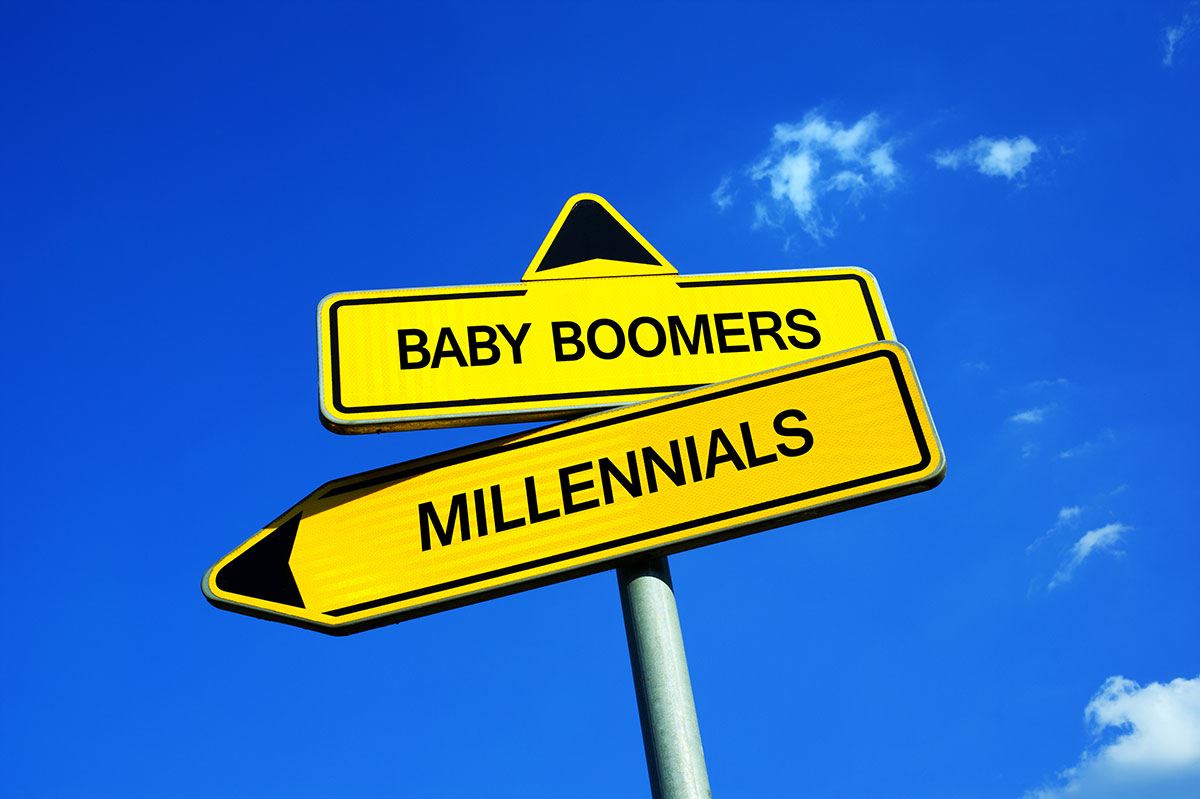A Unified Approach to Millennials and Boomers
To take advantage of the rapidly changing retail environment, retailers can’t overlook the spending potential of millennials or turn away the loyal spending power of boomers. So how do they do both? There’s a lot of discussion about the differences between millennials and baby boomers and how they need to be marketed to differently. But what if they’re not so different after all?
For starters, retailers that offer a world class shopping experience and excellent customer service are bound to succeed. This could include shipping items from store to customer, in-store kiosk for online ordering, access to wish lists and online shopping baskets. Millennials will love the experience and boomers will love the service.
Both millennials and boomers are obsessed with getting a good deal. Coupons, sales and bargain shopping are likely to appeal to both. These strategies help raise awareness in your business and reach a wide demographic.
There’s also a shared willingness to take their time planning a purchase. Both groups research purchases, though millennials are more likely to use mobile apps and boomers are more likely to use search engines. Regardless, the idea here is to build trust – something which both generations will reward.
Women in both generations do most of shopping in apparel and department stores and like to talk about their repurchases online more than men do. Time and money can be saved by targeting social media to women in both generations with the goal of creating brand awareness.
Finally, because so much attention has been placed on them, both boomers and millennials are victims of unwanted stereotyping. They don’t want a one size fits all approach. Marketing strategies that can steer clear of these generalities have a better chance of succeeding.
If we look at packaging design, we find other similarities between the two generations.
Millennials appreciate an easy to open top on prescription just as much as boomers do. Likewise, millennials are just as likely to miss that small print on a bag a coffee that indicates if it’s ground or whole bean. So why not make it bigger?
Boomers don’t like to read a lot of text on a package and neither do millennials. In fact, millennials often overlook text dominant material because they have grown up online where they use visuals to quickly skim information. Similarly, boomers would much rather have fewer words on a package in a larger type font that is easier to read.
Packaging that is eco-friendly makes sense for everyone. Both boomers and millennials share the desire to make the world a better place. Millennials love it because it makes them feel socially aware and boomers prefer it as it comes with the added benefit of generally being easier to open (for example, both generations would probably like to see an end to lettuce sold in wasteful large clam shell plastic containers).
Packaging that provides a consistent brand experience will also appeal to both generations. It should be consistent across all channels, whether it’s in-store, on social media, or on mobile and desktop websites. This taps into Baby Boomers’ brand loyalty and Millennials’ interest in authenticity.
In today’s shopper landscape, retailer’s desire to attract a younger demographic while at the same time catering to their base of baby boomers makes a one strategy approach more relevant. The trick is to make the boomer population feel appreciated and charmed, while the millennial feels stimulated and involved. Contrary to popular belief, both can exist in one seamless retail environment.

